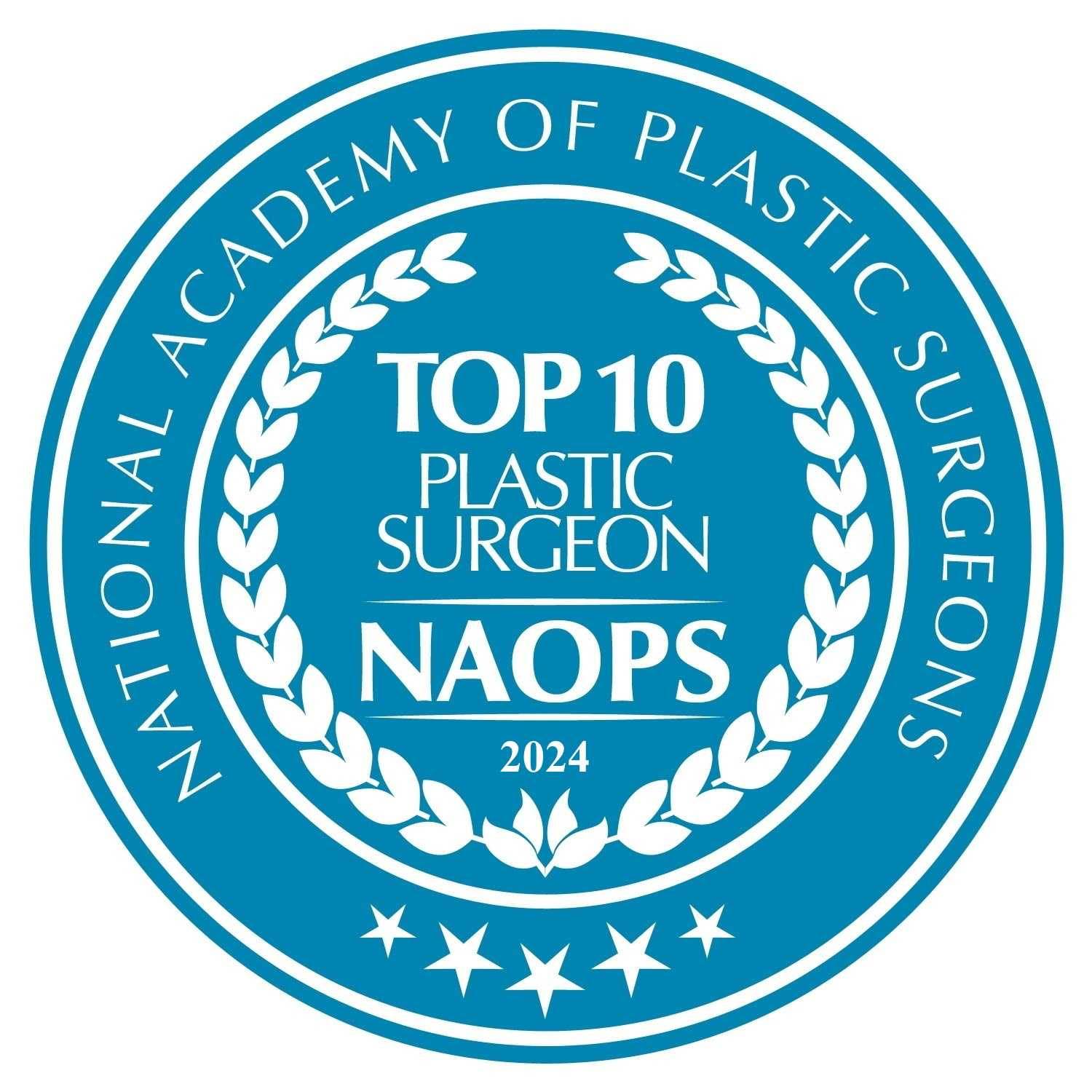Thigh Lift
A thigh lift surgery is a type of cosmetic procedure that essentially reshapes the thighs and eliminates excess fat and skin. The end result is more attractive and proportionate thighs in relation to the rest of your body. The skin of your thighs is also smoother after the procedure. If you have lost weight and incorporated a fitness routine into your daily life but still don’t see satisfactory results over time, a thigh lift may be the right option for you.

Is a Thigh Lift Right For Me?
There are certain criteria that a potential candidate for thigh lift surgery must have, which are as follows:
• Stable body weight
• Excess tissue around the inner or outer thigh or in both areas of the thigh
• No medical conditions that can hinder healing or increase the risks of surgery
• A positive and realistic outlook about the surgery
• A commitment to fitness, good nutrition and overall healthy lifestyle
What it Won’t Do
A thigh lift is not a procedure meant to simply remove excess fat from your thighs. If that is your issue, you can get liposuction, which removes excess fat in areas where your skin still retains good elasticity and can conform naturally to new contours in the body. If the elasticity of your skin is bad, you can benefit from a combination of liposuction and thigh lift surgery and receive additional techniques.
Anesthesia
You have a choice of medications for your surgery. General anesthesia and intravenous sedation are offered prior to your thigh lift. Dr. Leonard will recommend the choice that is best for you based on your particular needs and health.
The Incision
The pattern of incision Dr. Leonard makes largely depends on the area or areas that will be worked on, the degree of correction and the preference of both the doctor and the patient.
One of the most common incision techniques used in a thigh lift is done in the groin area and extends down, wrapping around the back of the thigh. From there, the underlying tissue is tightened and reshaped, resulting in a reduction of the skin and redraping it for overall smoother contours and making the thighs more proportionate with the rest of the body. You may be able to get a medial thigh lift with a minimal incision that is made strictly in the groin area. Dr. Leonard will determine exactly what type of incision is most appropriate for you. In general, to improve the contours of the outer thigh, a slightly larger incision that extends from the groin to around the hip may be necessary.
Dr. Leonard will tighten the tissue in your thighs through the incision to give you better toning and contouring. Due to advancements in cosmetic surgery techniques, your incisions will be made in places where they will be invisible to the eye while you’re wearing swimsuits and most types of clothing. At the same time, the incisions may be extensive and there may be a need for deep support sutures to close the incisions.
Results of Thigh Lift Surgery
You will see almost immediate results of a thigh lift with smoother and tighter contouring but will experience bruising and swelling as well. After your surgery, you may have to wear a compression garment for a few weeks to minimize swelling and support the healing of the tissues.
After your thigh lift, you will also notice a dramatic improvement in the quality of the skin in appearance and feel. Deciding to have this procedure or any other type of cosmetic surgery is one that is personal, which means you will have to decide whether the benefits, risks and potential complications are worth it if you can ultimately achieve your body goals.
Dr. Leonard and his staff will give you all the information you need regarding the risks of the surgery. If you decide to go ahead and have the procedure done, you will be asked to sign consent forms that state that you fully understand the procedure and any risks or potential complications that may arise from it.
When You Go Home
After your thigh lift is complete, bandages or dressing will be applied over your incisions and you will have a compression garment in place to minimize the swelling and assist healing. There may also be one or two temporary small tubes placed under the skin for the drainage of excess fluids or blood.
If you experience symptoms such as chest pain, irregular heartbeat or shortness of breath, immediately seek medical attention. If you experience any of those complications, you may need to be hospitalized and may require additional treatment.
Medicine and surgery are not exact sciences. That means that even though positive results are expected, there is never a sure guarantee. Sometimes, it may not be possible to get the best results with a single surgical procedure and there may be additional procedures required to achieve the best results.
It’s absolutely essential to follow the doctor’s instructions after your surgery. Your incisions should not receive excessive force, abrasions, motion or swelling while you heal. Dr. Leonard will provide you with instructions on how to take care of yourself while you heal.
Contact Leonard Plastic Surgery
Leonard Plastic Surgery
Water Place │ 500 Liberty Street S.E., Suite 400 │ Salem, OR 97301
(503) 391-2760 │leonardplasticsurgery@gmail.com





